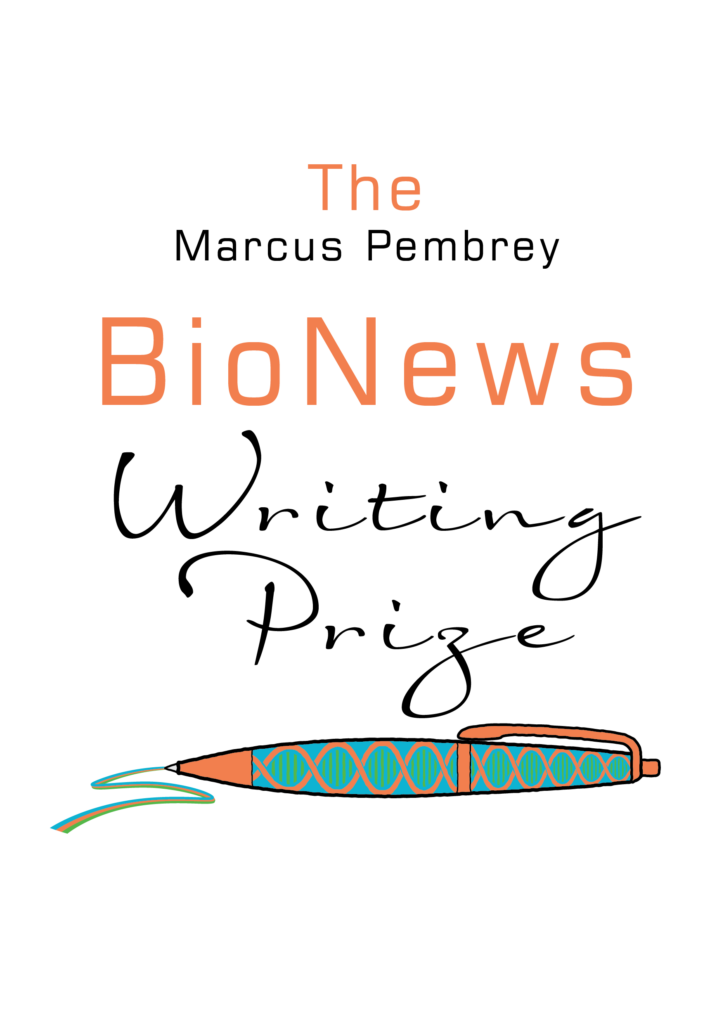This week has seen the tenth anniversary of the birth of Dolly, the world's first cloned animal, in research that the journal Science referred to as the world's greatest scientific breakthrough. Before Dolly was created in 1996, animals had been cloned from embryonic cells in a method similar to artificial twinning, but the birth of Dolly marked the first time that a living animal was created from an adult cell reset to an embryonic state.
Renee Reijo Pera, co-director of the University of California-San Francisco Human Embryonic Stem Cell Center, said this week, 'You can almost divide science into two segments: Before Dolly and After Dolly. We had a whole different way of thinking about things. We didn't think that cloning could be done at all'. Until the breakthrough by scientists working at the Roslin Institute in Scotland it had been thought that once an embryonic stem cell became differentiated into an adult form the change was irreversible. William Hurlbut, a member of the US President's Council on Bioethics explained the impact that Dolly's birth had on the public: 'The world community was faced with a scientific change that everyone could understand. It wasn't highly technical; it had a face-to-face reality'. The questions raised by cloning 'get to the core of what it means to be a human being', he added.
Dolly was born on 5 July 1996 and was euthanised in 2003, suffering from lung disease. Her stuffed remains are on display at Edinburgh's Royal Museum. The lead scientist on the team that created Dolly, Professor Ian Wilmut, has been speaking to the press this week about the impact the research has had, and also to promote his new book 'After Dolly: The Uses and Misuses of Cloning'. Wilmut is particularly upset that Britain has not capitalised on the success of Dolly. Talking to the BBC, he explained 'I think it is very difficult for a small country like this to develop fully something which does have great international value, because once that's recognised the science will move elsewhere'. He continued: 'And in a sense, that's a compliment to the science: the technology was very important and is now being exploited commercially in Japan and the United States, all sorts of different countries'. Wilmut's team implanted genetic material from an adult sheep udder cell into a hollowed-out egg cell from another, triggered cell division and implanted the resulting embryo into the womb of a surrogate sheep.
The success of Dolly followed 270 failed attempts resulting in miscarriages and malformed offspring. Despite this poor efficiency the birth of Dolly was quickly followed with clones of other mammals including mice, rats, cattle, pigs, goats, horses, rabbits, cats and dogs. The technique has however failed to produce any offspring so far in primates. 'People have clearly tried with rhesus monkeys particularly and they have not been successful', said Wilmut, adding 'there may be something different with the embryos of primates and it will need something new to make it work'. The technology was originally intended to be used for making copies of farm animals that had been genetically engineered to produce pharmaceutically useful proteins in their milk. Wilmut, who has taken a new position as director of the Center for Regenerative Medicine at the University of Edinburgh, is pursuing research using techniques developed in the creation of Dolly to study human diseases including motor neurone disease.
Sources and References
-
Dolly was world's hello to cloning possibilities
-
Dolly outcome disappoints Wilmut
-
What did Dolly do for us?





Leave a Reply
You must be logged in to post a comment.